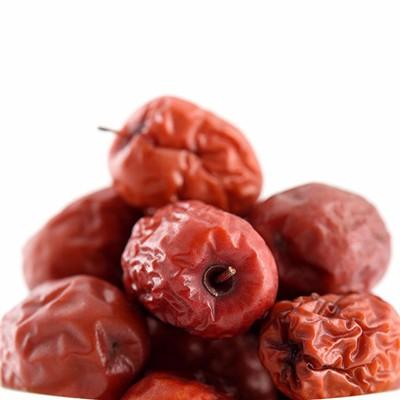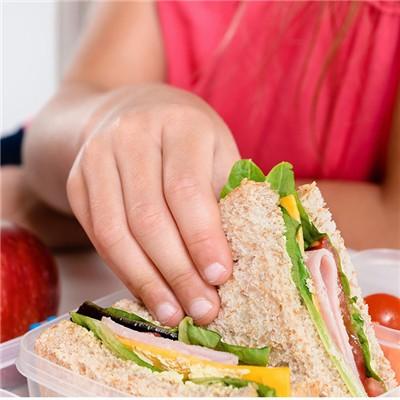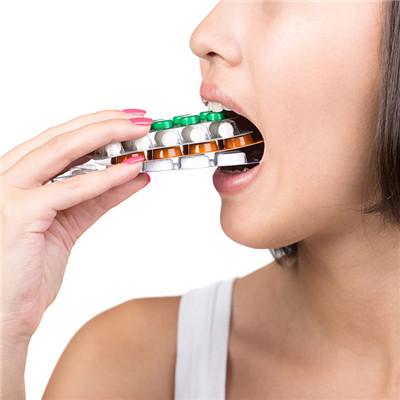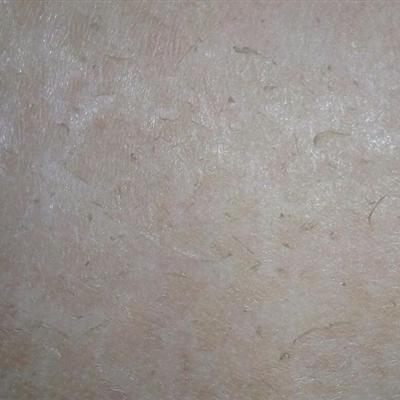What is purpura like
summary
There is a purple spot on my mother's leg, no strange feeling. I had this phenomenon on my legs and arms before, and it disappeared a few days later. My mother went to the hospital and said it was allergic purpura. She was hospitalized immediately. After treatment, she got better. Now let's share what kind of purpura is.
What is purpura like
Symptom 1: children and adolescents are prone to have fever, headache, joint pain and general discomfort. The skin lesions are needle to soybean sized ecchymosis, ecchymosis or urticaria like rash. In severe cases, blisters, blood blisters and even ulcers may occur. It mainly occurs in the extensor side of the limbs, especially in the lower limbs and buttocks.

Symptom 2: symmetrical distribution of skin lesions, appear in batches, easy to relapse. Only skin damage is called simple purpura, accompanied by abdominal pain, diarrhea, hematochezia, and even gastrointestinal bleeding is called gastrointestinal purpura; joint swelling, pain, and even joint effusion is called joint purpura; with hematuria, proteinuria, renal damage is called renal purpura.

Symptom 3: skin bleeding points are common in patients with this disease, so they are nervous. We should comfort the patients and introduce rehabilitation cases, so that they can establish the confidence to overcome the disease. We should pay attention to the adjustment of life. In the acute stage, we should rest in bed and take less activities, because activities can accelerate blood circulation and aggravate bleeding. We should also actively remove the infection focus and prevent upper respiratory tract infection. We should avoid all allergens and prevent the predisposing factors of the disease. Diet regulation is also very important.

matters needing attention
Here I would like to give you warm tips: animal food is the main food, mainly including all kinds of seafood, eggs and dairy products, such as yellow croaker, carp, squid, shrimp, crab, conch, shellfish, eggs (high egg yolk sensitization), duck eggs, egg products, milk, etc.; nuts have strong allergenicity and are easy to aggravate the allergy, such as walnut, pistachio, cashew nuts, almonds Pine nuts, chestnuts, etc.; some beans and bean products have sensitization, such as green beans, kidney beans, peas, broad beans, etc.; some fruits and vegetables, such as pineapple, mushrooms, beans, celery, chrysanthemum, lemon, etc.; health care products made of chocolate and pollen also have certain sensitization.













